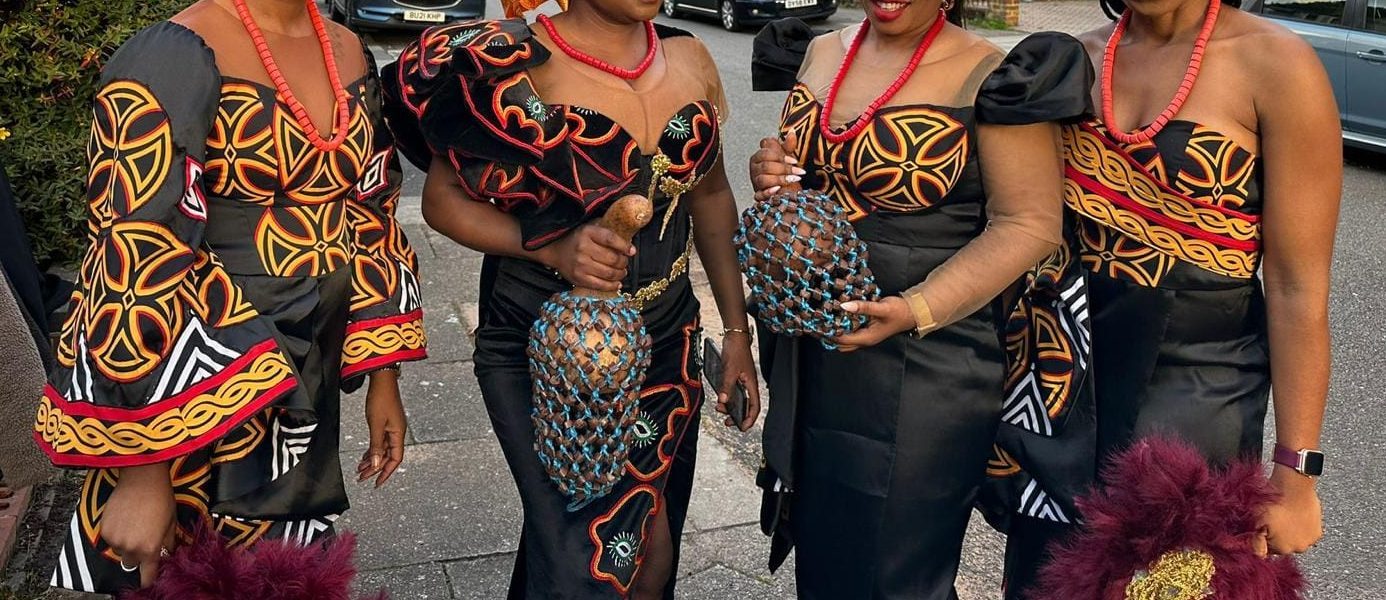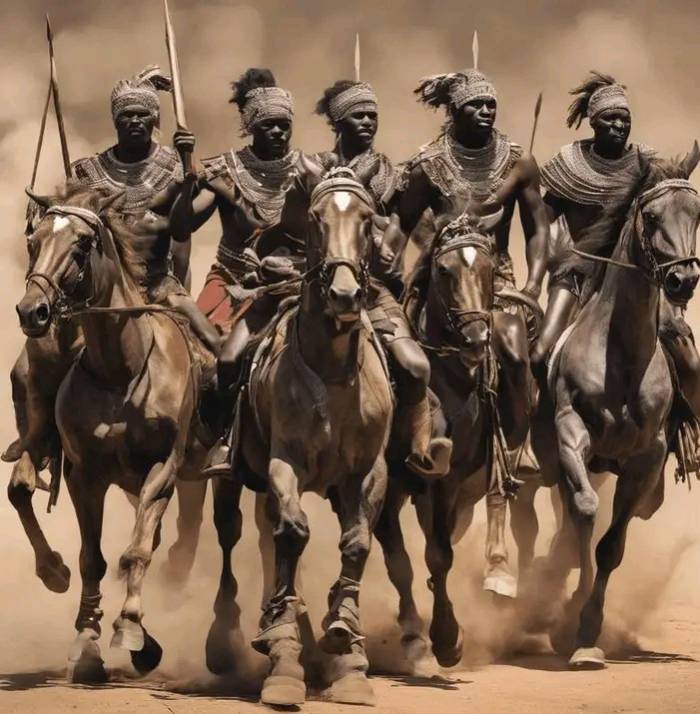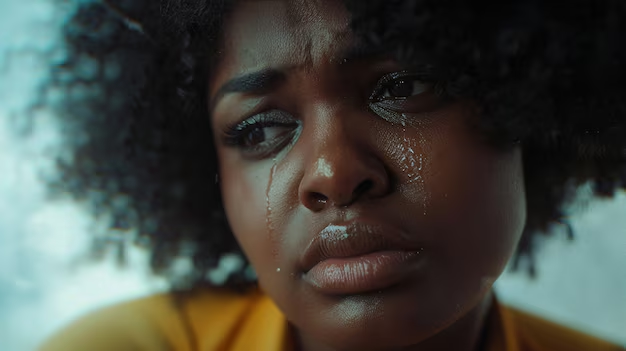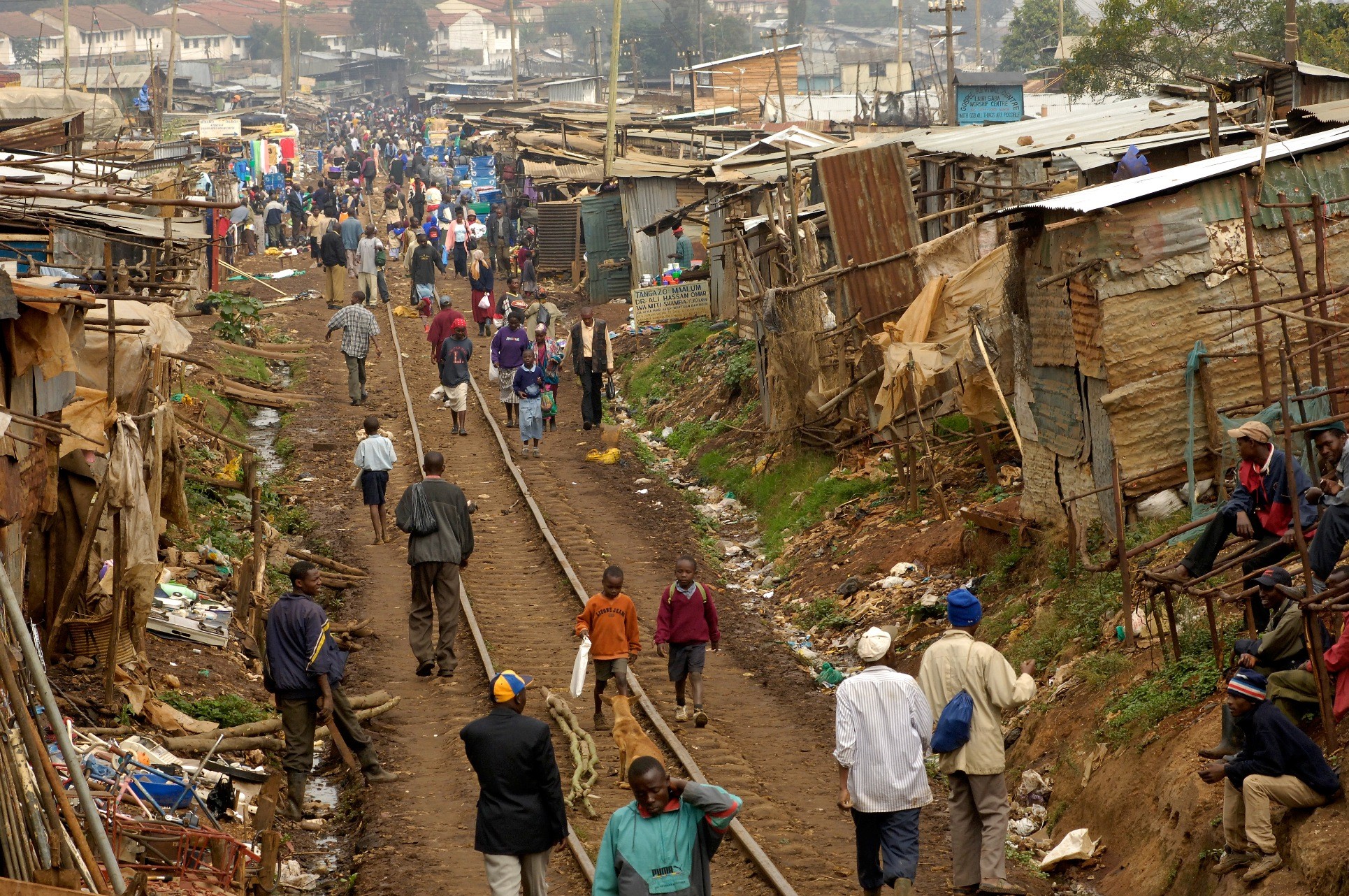Cameroon is a country rich in culture, home to over 200 ethnic groups, each with its own unique traditions. One of the most striking expressions of this diversity is traditional clothing.
Traditional dresses in Cameroon are more than just garments—they are symbols of identity, heritage, and pride.
These outfits have been passed down through generations and continue to play a crucial role in cultural celebrations, weddings, festivals, and important gatherings.
In this blog post, we will explore the most iconic traditional dresses in Cameroon, their significance, and how they continue to shape the country’s cultural identity.
6 Traditional dresses in Cameroon
Toghu: A Dress of Royalty
The Toghu is one of the most well-known traditional dresses in Cameroon, originating from the Northwest region. Initially reserved for royalty and high-ranking individuals, this outfit has gained popularity across the country.
Made from a rich black velvet fabric and embroidered with intricate patterns, the Toghu is a true representation of elegance and status.
Today, the Toghu is worn during important ceremonies such as weddings, cultural festivals, and national events.
The embroidery, often in vibrant colors like gold, yellow, red, and white, represents strength, unity, and continuity within the community.
Many Cameroonians, both at home and abroad, proudly wear the Toghu as a way of celebrating their heritage.
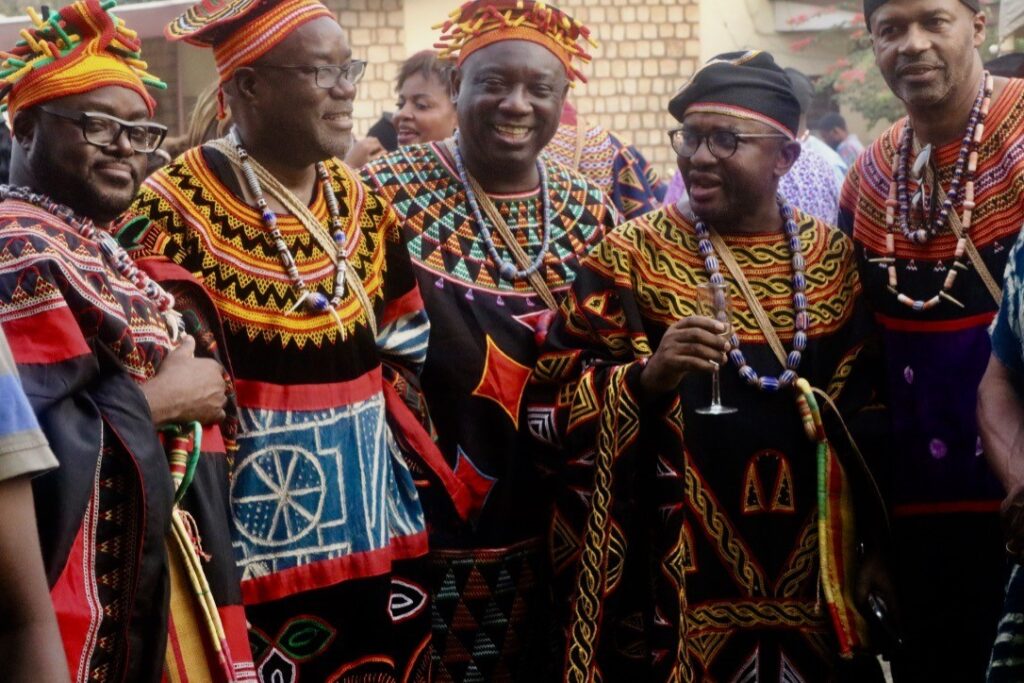
Kaba Ngondo: Elegance in Simplicity
The Kaba Ngondo is another iconic traditional dress in Cameroon, particularly among the Sawa people from the coastal regions.
This long, flowing gown is known for its comfort and elegance.
Originally introduced by missionaries in the colonial era, the Kaba was adapted by the Sawa people to reflect their culture.
The Kaba Ngondo is commonly worn during the Ngondo Festival, a cultural event that brings together the Sawa community to celebrate their heritage.
Made from light and colorful fabrics such as silk or cotton, the dress is perfect for warm coastal climates.
ALSO READ: How to file for a divorce in Cameroon
Women often pair it with a matching headscarf, adding to its graceful appeal. Over time, the Kaba has evolved with modern designs and embellishments, making it a fashionable yet deeply cultural outfit.

Boubou: A Timeless Classic
The Boubou is one of the most versatile traditional dresses in Cameroon.
Worn by both men and women, it is a wide, flowing garment often made from cotton, silk, or brocade.
The Boubou is adorned with embroidery, particularly along the neckline and sleeves, giving it a distinguished look.
This outfit has roots in West African tradition and has become a staple in Cameroon.
The Boubou is worn for both casual and formal occasions, including religious gatherings, weddings, and community events.
Men typically pair the Boubou with a matching hat, while women style it with a headscarf.
Its simple yet elegant design makes it a favorite among Cameroonians of all ages.
Ndop: The Pride of the Grassfields
The Grassfields region of Cameroon, home to the Bamileke, Tikar, and other ethnic groups, is known for its richly woven fabrics and traditional dresses.
Among them, the Ndop fabric stands out as one of the most symbolic attires.
Ndop is a hand-dyed fabric with striking geometric patterns, representing different aspects of Bamileke culture.
Traditionally worn by chiefs and noble families, the Ndop is often seen during cultural ceremonies, royal events, and important social gatherings.
The bold blue and white designs symbolize purity, strength, and wisdom.
Today, Ndop fabrics are used to create modern dresses, shirts, and accessories, keeping this cultural heritage alive in contemporary fashion.
Grassfields Attire: A Cultural Mosaic
The traditional dresses in Cameroon’s Grassfields region are diverse and vibrant. Apart from Ndop, other fabrics and styles play an essential role in cultural identity.
The Bamileke people, for instance, wear intricately designed garments featuring bold stripes, geometric patterns, and animal motifs.
These outfits are often worn during traditional ceremonies such as funerals, initiation rites, and harvest festivals.
The colors used in the fabric hold deep meanings—black represents the earth, red symbolizes strength, and white signifies peace and purity.
Grassfield attire is an embodiment of the history and spiritual beliefs of the people who wear it.

Shoa-Arab and Fulani Traditional Dresses
The Shoa-Arabs and Fulani communities of northern Cameroon have distinct traditional attires that reflect their nomadic and pastoral lifestyles.
The Shoa-Arabs often wear long, flowing robes with embroidered details, while the Fulani are known for their elegant and intricately designed clothing.
Fulani women, for example, wear brightly colored dresses accessorized with beaded jewelry and headscarves.
The men often wear long tunics called “Kaftans,” paired with a cap or turban.
These attires are not only beautiful but also practical, suited for the hot and arid climate of the northern regions.

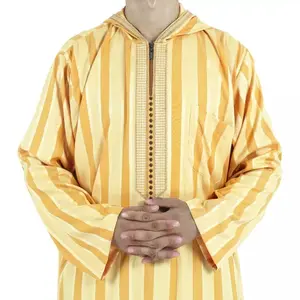
Modern Adaptations of Traditional Dresses in Cameroon
While traditional dresses in Cameroon continue to be worn for cultural and ceremonial events, modern adaptations have made them more accessible for everyday wear.
Young Cameroonians are finding creative ways to incorporate traditional fabrics into contemporary fashion.
Designers are blending Toghu, Ndop, and other traditional textiles with Western-style clothing to create unique fashion statements.
From elegant gowns to casual tops and accessories, these modern adaptations allow people to celebrate their heritage while keeping up with global fashion trends.
Why Traditional Dresses in Cameroon Matter
Traditional dresses in Cameroon are more than just clothing—they are a way of preserving history, showcasing identity, and strengthening cultural ties.
Whether it is the royal Toghu, the elegant Kaba Ngondo, the timeless Boubou, or the richly woven Ndop, each garment tells a story of heritage and pride.
Despite the growing influence of Western fashion, traditional dresses remain an essential part of Cameroonian culture.
They are worn with pride during major celebrations, keeping cultural traditions alive for future generations.

